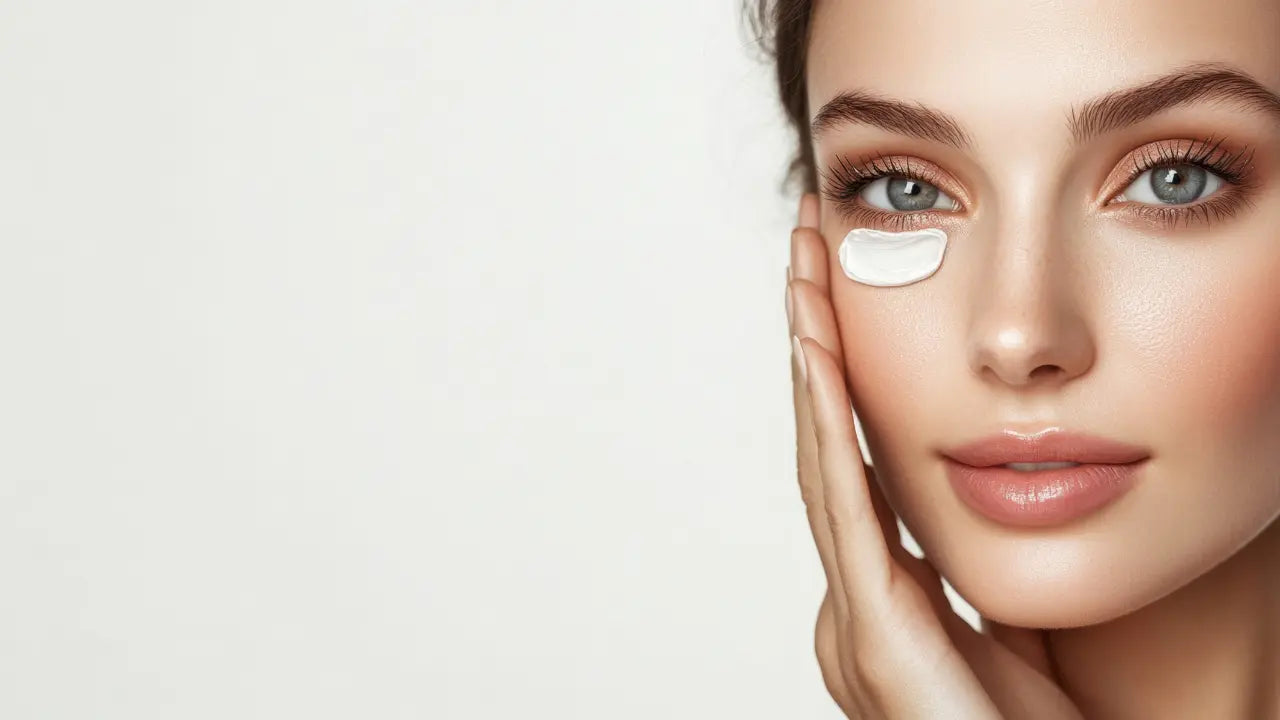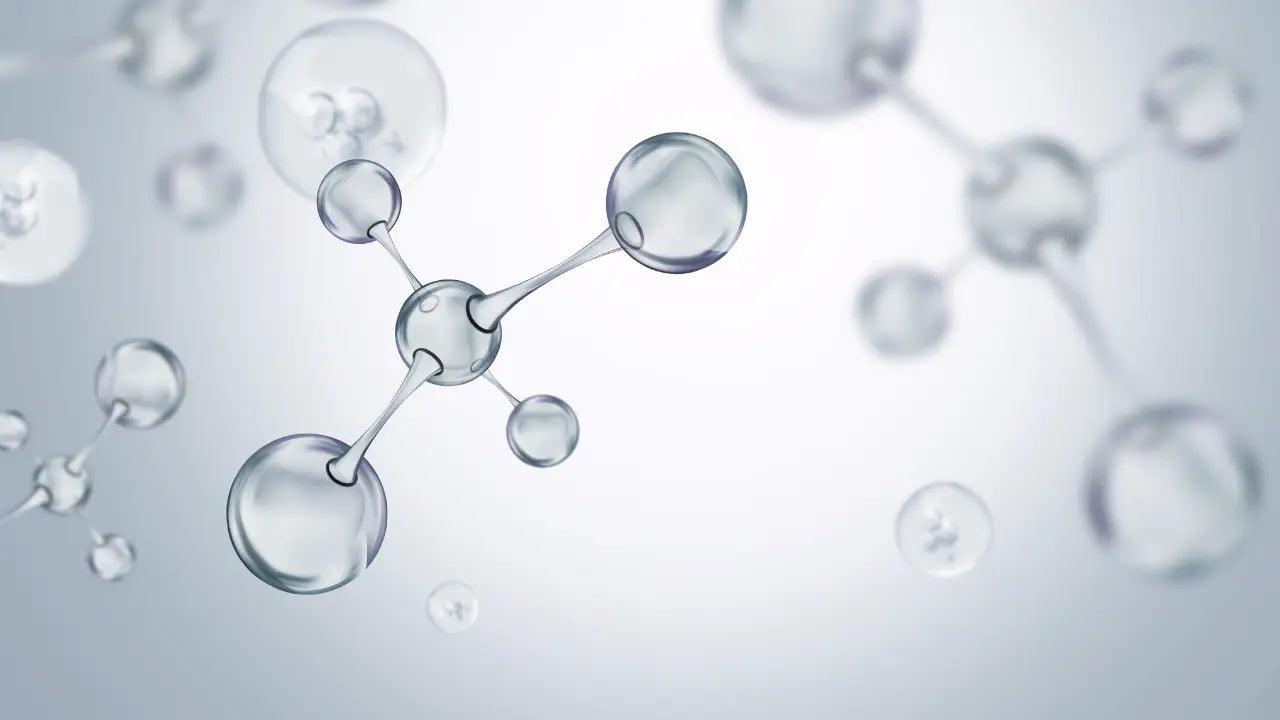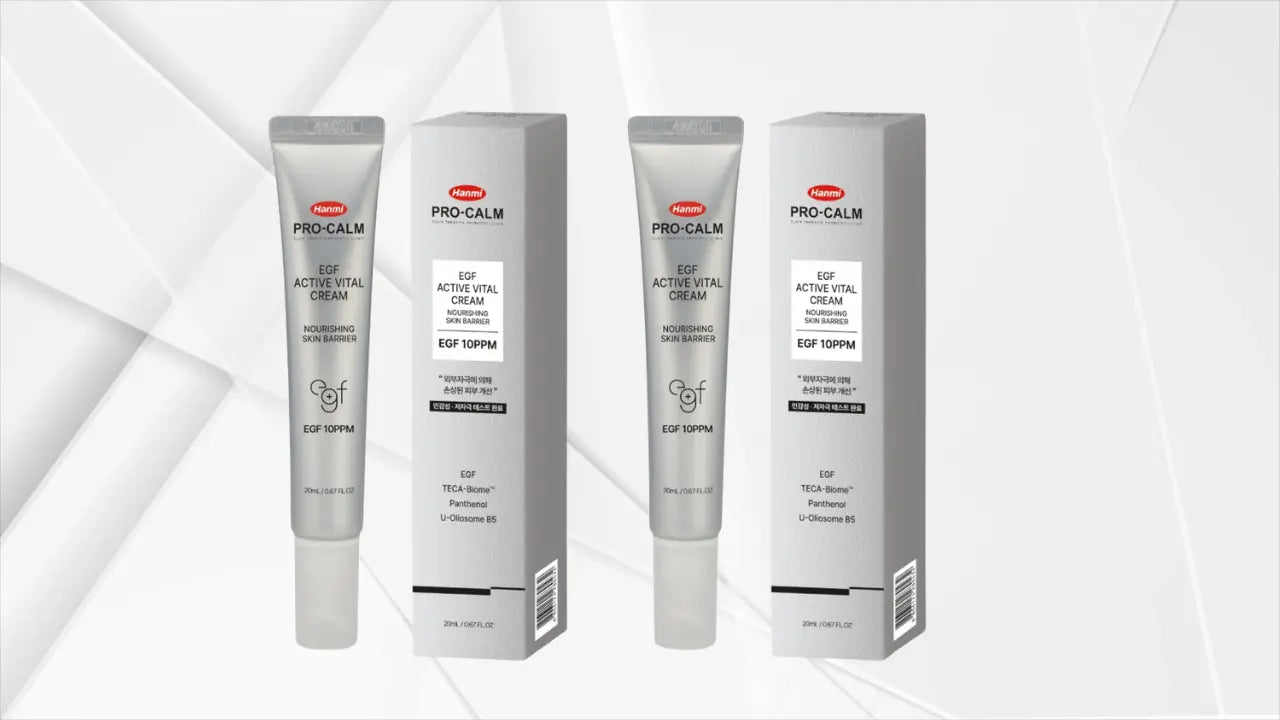If you’re shopping for a skin tightening cream for stomach, you’re probably hoping for skin that looks smoother and a little firmer in the mirror. I’ll set expectations up front. A topical can visibly hydrate, cushion crepey texture, and support the barrier so the belly looks better in good light, but creams don’t physically “lift” lax skin or replace procedures—dermatologists are very clear about that, and I’ve found that accepting this helps you shop smarter and use products more consistently for the improvements they actually can deliver. aad.org
What a skin tightening cream for stomach can—and cannot—do
When I test body “firming” formulas on the abdomen, the wins I notice first are comfort and texture. A good moisturizer softens that fine, crinkly look you catch when you bend forward, and it can give a gentle, temporary plumping effect that reads as smoother and a bit tauter. Dermatology guidance notes this is exactly what moisturizers are designed to do: they hydrate and cushion the upper layers, but they do not penetrate deeply enough to tighten lax skin in the way procedures can. That limitation applies whether the label says belly, stomach, or all-over body. aad.org
If your loose skin follows very rapid weight loss or pregnancy, remember that stretch marks and true skin excess are structural issues. They often soften with time, and some people ultimately consider in-office options like laser, microneedling, or body-contouring surgery when the goal is significant tightening rather than cosmetic smoothing. Retinoid creams can support the appearance of stretch marks post-pregnancy, but this is a long-game, gradual improvement and not a tightening shortcut. Cleveland Clinic
Sun breaks down collagen over years; that’s as true for the midriff at the pool as it is for the face. Daily broad-spectrum sunscreen remains the single best long-term “anti-sag” habit you can add to a belly routine, because it helps slow photoaging processes that lead to laxity and texture changes in the first place. pmc.ncbi.nlm.nih.gov+1
Ingredients that may help the stomach look firmer
I group belly-area products into two useful families. One focuses on hydrators and barrier-builders. The other leans into actives that can make skin look a touch tighter over time or give a modest short-term smoothing effect. Neither category replaces medical care, but together they can make the stomach look better cared-for.
Hydrators and barrier-builders
If your stomach looks papery or feels tight after a shower, a barrier-first routine usually helps most. Creams rich in ceramides and cholesterol seal in water, while humectants like glycerin and hyaluronic acid hold hydration in the upper layers. In my experience, pairing a ceramide capsule cream with a hydrating gel-cream gives that pillowy feel that reads as firmer in photos. A ceramide-centric option I like for body days is the ceramide-rich daily body cream for crepey skin from AESTURA; it layers easily and doesn’t ball up under clothing.
Another route is adding a regenerative-leaning moisturizer when skin looks dull or slow to bounce back. A PDRN formula offers a light, bouncy texture that can leave the abdomen feeling more supple; on hydration-focused days I reach for a light, bouncy PDRN cream for suppleness and just let it sink in before dressing. Research on polynucleotides in aesthetics is growing; early clinical findings suggest potential to improve texture and hydration, though large, long-term cosmetic studies are still limited. I frame PDRN as a supportive moisturizer rather than a dramatic tightener. pmc.ncbi.nlm.nih.gov
If your skin gets easily irritated, centella-based creams can be kind. I keep a tube of centella-forward barrier cream when skin is reactive around for days when the abdomen is chafed from waistbands or workouts; it’s more about calm and repair than tightening, which ironically makes skin look smoother because it’s not inflamed.
Actives with firmer-looking effects
Peptides and niacinamide are two cosmetically elegant actives I like on the belly because they play well with moisturizers. Reviews of cosmetic peptides describe improvements in skin quality measures like smoothness and the look of fine lines; they’re not medical tighteners, but over months they can contribute to better texture. Niacinamide has long-standing clinical data for elasticity and tone on facial skin, and in body care it often helps the surface look more even. pmc.ncbi.nlm.nih.gov+2mdpi.com+2
Caffeine shows modest evidence in cellulite topicals, likely via microcirculation effects and a temporary de-puffing action. On the belly, that can translate into a short-term smoother look before an event. I treat it as a cosmetic boost and keep expectations conservative. pmc.ncbi.nlm.nih.gov
Retinoids can support visible changes in texture and stretch-mark appearance after pregnancy, but they are not recommended during pregnancy and are typically paused while nursing unless a clinician advises otherwise. If you’re not pregnant or breastfeeding and your skin tolerates vitamin A, a gentle retinal/retinol body application a few nights a week can be part of a firmer-looking routine, but I always run this plan by a healthcare professional when there are reproductive considerations. aad.org
Growth-factor-style moisturizers are another option for barrier days. When I want a cushy texture with that “well-cared-for” finish, I use an EGF moisturizer for barrier repair days; EGF has supportive data in wound settings and post-procedure care, with cosmetic use focused on comfort and hydration rather than surgical-level tightening. pmc.ncbi.nlm.nih.gov
Picking the right cream—by scenario
After weight loss
Rapid changes in body size can leave the stomach with visible looseness and stretch marks. I find that a layered approach works best: start with a hydrating gel-cream to flood moisture, follow with a ceramide cream to seal, and consider a peptide or caffeine product for days you want a little extra smoothness under fitted clothing. If skin folds or true excess skin are your main concern, creams won’t remove them; people who want more dramatic tightening eventually explore in-office options or surgery after weight stabilizes. It’s okay to use a cream for comfort and appearance while also talking to a board-certified professional about long-term choices. Cleveland Clinic+1
Postpartum and breastfeeding
During pregnancy, I keep routines minimal and avoid retinoids; dermatology guidance is consistent on this, and heavy moisturizers are the safest mainstay. Postpartum and while nursing, I continue with barrier creams, add niacinamide or peptides if desired, and discuss any retinoid re-introduction with my clinician before using it on the abdomen. Expect stretch marks to fade naturally with time; creams help skin feel softer and look more even while that process unfolds. aad.org+1
Dry, crepey, or sensitive skin
If your belly looks crepey from central heating or lots of sun, a humidity-savvy routine helps. I like to sandwich a hydrating jelly cream under my everyday moisturizer; the collagen-jelly cream to visibly plump dryness gives a springy feel that reads as smoother. For days your skin feels touchy, centella and ceramides are gentler companions than strong acids.
Who it’s for & safety notes
A stomach-area cream is for anyone who wants the skin to look better conditioned—smoother, more even, less papery. It is not a fix for abdominal muscle separation, hernias, or significant skin excess. If you’re pregnant, skip retinoids and stick to gentle moisturizers, and talk to your obstetric provider about any ingredients you’re unsure about. If you’re nursing, ask before restarting retinoids and prioritize hydrators, peptides, and niacinamide, which are widely used in pregnancy-safe routines. And no matter your stage, sunscreen on exposed midriff is a quiet long-term investment in keeping the skin’s scaffolding healthier. aad.org+1
How to use & routine pairings
On shower-damp skin, I spread a hydrating base and give it a minute to settle, then massage a richer ceramide cream over top with upward, circular movements. If I’m wearing something fitted, I finish with a cosmetic caffeine or peptide product for a short-term smoothing effect; on barrier days I swap that for a regenerative-leaning option like a PDRN or EGF cream. When I want extra comfort, I seal with a centella cream such as the centella-forward barrier cream when skin is reactive, and if I know the midriff will see sun, I use a broad-spectrum sunscreen over everything once the moisturizers have dried. On cold-weather days, a final pass of the ceramide-rich daily body cream for crepey skin keeps the area comfortable under waistbands and knit fabrics. Evidence-wise, sunscreen is the only topical with strong data for slowing photoaging-related changes, so I treat it as non-negotiable when the abdomen is exposed. pmc.ncbi.nlm.nih.gov
Comparisons & narrative FAQs
People often ask if a “belly firming cream” is different from a standard body firming lotion. In practice, the labels target the same concerns with slightly different marketing; what matters is the ingredient deck and how it feels to use daily. A stomach-labeled product that’s sticky or pills under clothing won’t get used, and consistency is key for any modest benefits to show up.
Another question is whether creams can erase stretch marks or tighten muscle. Stretch marks are dermal scars that fade over time; creams can make them feel softer and look more even, but they do not remove them. Abdominal muscle tone is about exercise and physiology; no topical tightens muscle. When people want significant tightening or removal of excess skin after large weight changes or multiple pregnancies, they speak with qualified clinicians about procedural options. Cleveland Clinic+1
What about caffeine and other “thermogenic” claims? I’ve seen a mild, camera-friendly smoothing effect from caffeine formulas, and literature on cellulite suggests short-term improvements, but study sizes are small and benefits are modest. I treat these as styling products for skin, not structural change. pmc.ncbi.nlm.nih.gov
And PDRN or EGF on the belly—are they worth it? I use them when I want the skin to feel cushioned and healthy, especially when the area is drier than usual. Reviews suggest potential benefits for texture and hydration with polynucleotides and supportive roles for EGF in skin recovery, but again, they’re not surgical-level outcomes. I think of them as nicer moisturizers that make the stomach look better cared-for. On those days, I’ll reach for a light, bouncy PDRN cream for suppleness or the EGF moisturizer for barrier repair days depending on mood and sensitivity. pmc.ncbi.nlm.nih.gov+1
A skin tightening cream for stomach can’t cinch lax skin like a procedure, but it can help the area look smoother, more hydrated, and better conditioned. If you start with a generous moisturizer, add sensible actives like peptides or niacinamide, save caffeine for short-term smoothing, and protect the midriff from the sun, you’ll get the most from your jar. The formulas I keep returning to are the nourishing, comfort-forward ones—the collagen-jelly cream to visibly plump dryness, the light, bouncy PDRN cream for suppleness, and the EGF moisturizer for barrier repair days—because when belly skin is comfortable, it tends to look its best. And if your goal is more dramatic tightening, keep moisturizing for comfort while you consult a board-certified professional about long-term options. aad.org+1




